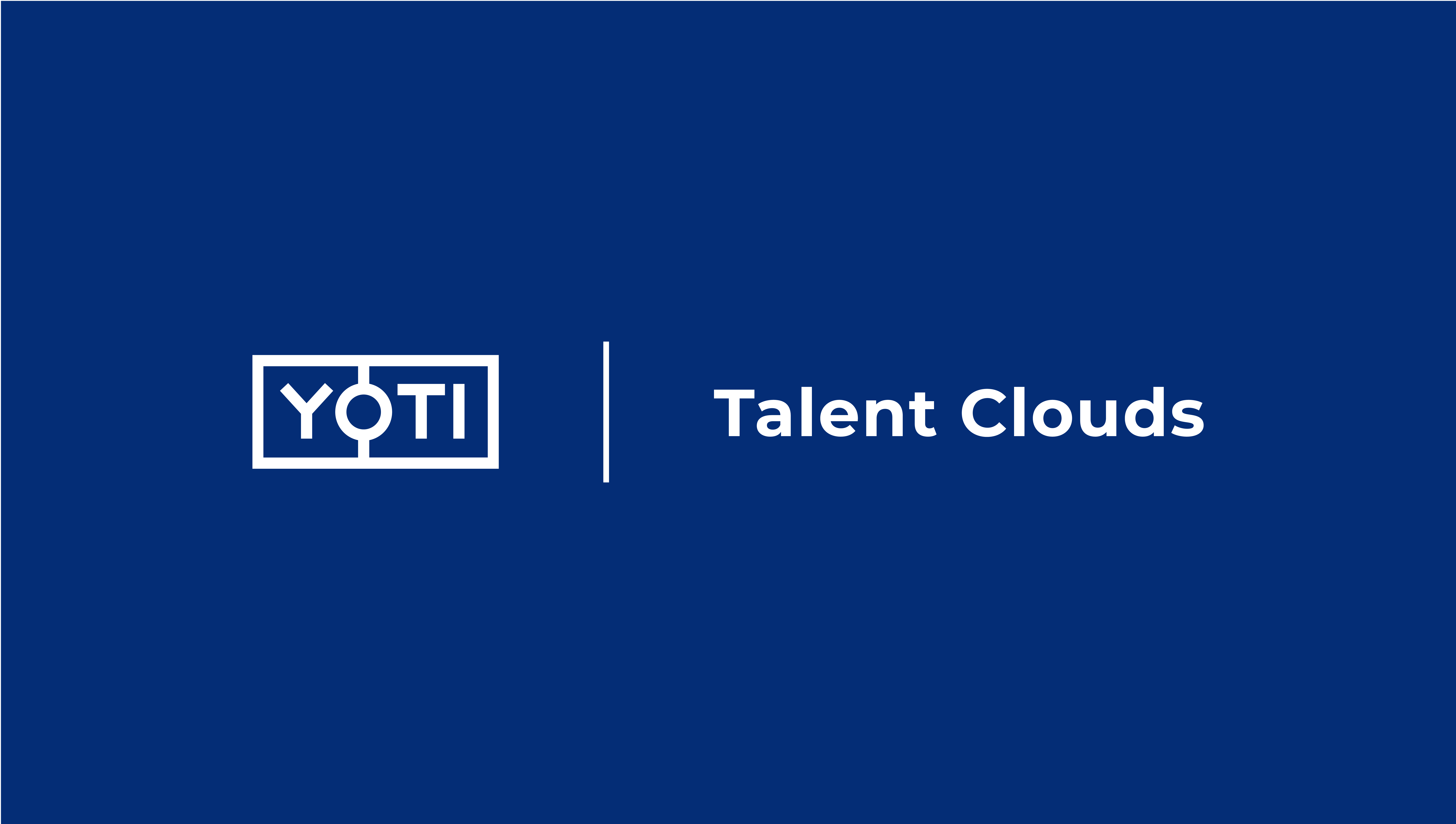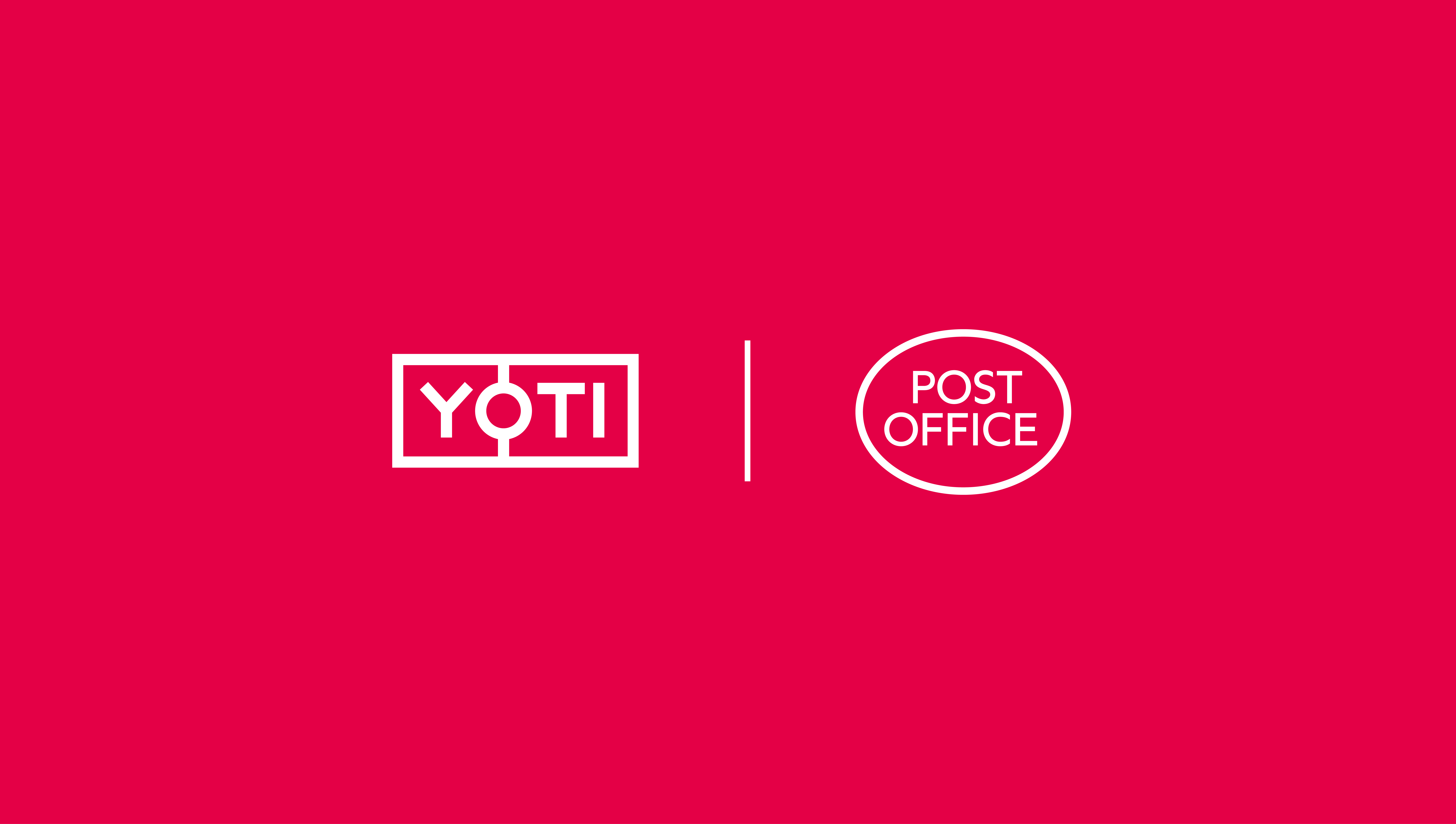Identity verification
Talent Clouds launches digital DBS checks in partnership with Yoti and Post Office
22nd September 2022, LONDON – Talent Clouds, a digital workforce management and employee vetting platform, has become the latest company to launch digital DBS checks with Yoti and the Post Office. Talent Clouds modernises workforce vetting by simplifying the complex and manual onboarding and workforce monitoring processes. These are especially burdensome for public services in regulated sectors such as education, care and health. The Talent Clouds platform enables employers to verify worker credentials safely and efficiently which in turn saves them time and money. Under new legislation, which came into effect from 6 April 2022, Right to Work and DBS
Why it's time to embrace digital right to work checks
The last few years gave employers a taste of how onboarding new starters remotely can speed up their hiring. At the start of the pandemic, the Home Office amended the guidance on right to work checks, allowing them to be performed via a video call. The temporary adjustment came after employers couldn’t physically check a candidate’s ID document to prove they could work in the UK. This workaround became incredibly popular, with HR and recruitment teams noticing increased efficiency, people getting into jobs faster and reduced recruitment times. After heavy lobbying from the recruitment industry and employers, the Home Office
Yoti and Post Office partner with PeopleCheck to power digital DBS checks
15th August 2022 – Today, Yoti and the Post Office announce they are the official provider of digital DBS checks for PeopleCheck, the UK’s leading background check provider for remote and onsite hires. As the UK’s first certified Identity Services Provider (IDSP), Yoti and the Post Office will deliver digital Right to Work and DBS checks, streamlining and speeding up the process for PeopleCheck. Historically, these checks had to be completed manually, with physical evidence and paper documents. But under new legislation, which came into effect on 6 April 2022, DBS and Right to Work checks can now be completed
Future plans for Right to Work and Right to Rent guidance
In December 2021, the Home Office announced that from April 6th, there would be changes to the guidance for completing right to work and right to rent checks. Advice was amended at the start of the pandemic to allow right to work checks to be performed via a video call – following feedback from organisations, this temporary guidance has been extended until September 30th. The updated Right to Work guidance will come into effect on 6th April, a new scheme under the Department of Culture, Media and Sport Identity and Attributes Trust Framework. The aim is to develop the
Why it’s time to automate your customer verification process
You want the digital experiences your business offers customers to be highly functional and efficient. At the same time, customers expect a seamless online experience, as well as frictionless and secure payment choices. In order to meet those needs, verifying your customer’s identity with Artificial Intelligence (AI) and machine learning should be a fundamental first step for every business to deliver better online customer onboarding processes. However, many companies are still relying on outdated processes, causing unnecessary friction for customers and exposing their businesses to errors and potential costly reputational damage. Automating certain parts of the identity
Yoti reveal new patent for tech that protects business and users against injection attacks during identity verification
Yoti reveal new patent for tech that protects business and users against injection attacks during identity verification New UK patent application counters potential security loopholes in browser injection attacks during identity verification London, UK – 14th January 2022: Global digital identity provider Yoti has today announced a new patent application for a SICAP (Secure Image Capture) product, which prevents browser based injection attacks that can otherwise occur during the identity verification process on websites. One of the most commonly carried out hacks on IT systems, an ‘injection attack’ is where a hacker injects their code into an IT system






